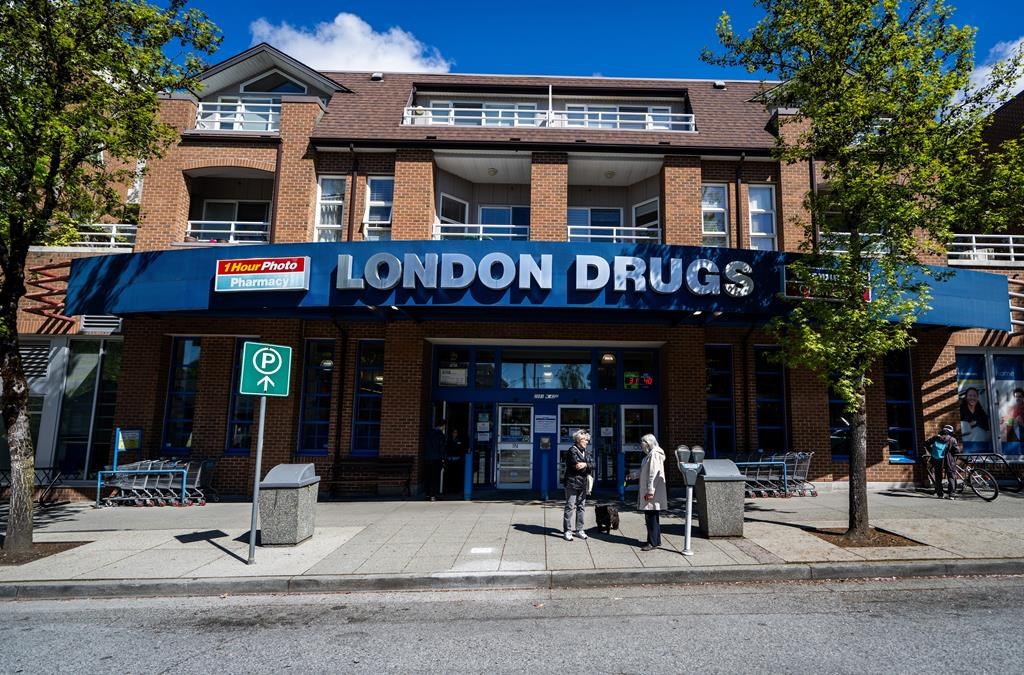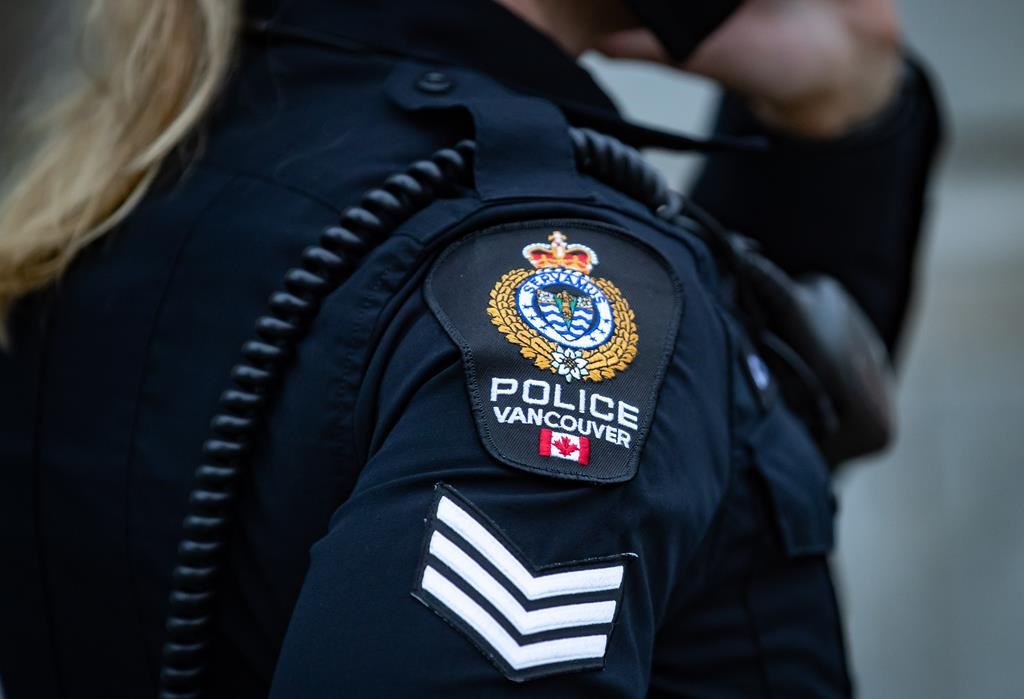Still no state of emergency in BC following devastating wildfires
Posted July 3, 2021 9:34 am.
Last Updated July 3, 2021 10:19 pm.
VICTORIA (NEWS 1130) — The province has yet to declare a state of emergency as the B.C. Interior continues to grapple with a number of wildfires that have ravaged communities such as Lytton.
Back in 2017, when the entire town of Cache Creek was evacuated due to a wildfire, it was only a matter of hours before a state of emergency was declared. The declaration was issued on July 7 of that year and lasted 70 days.
As of Saturday, a wildfire in Lytton has burned 8,732 hectares and forced the evacuation of the entire village with preliminary reports suggesting two people have died as a result.
The fire’s devastating impact is why BC Liberal public safety critic Mike Morris is wondering what is taking the province so long to declare a state of emergency.
“It gives access to a number of tools that they wouldn’t normally have access to. And when we see the tragedy that’s taken place in Lytton, that we see Castlegar, we see Kamloops, we see a number of communities that are threatened right now, and the summer has just begun. The resources are maxed out already,” he tells NEWS 1130. “They should be doing everything they can to ensure the safety of respondents.”
Related Video:
Morris adds that he feels like the government isn’t particularly concerned as it should be for public safety, adding the recent heatwave is an example of the lack of action from the government and the tragic impacts.
“We lost a lot of lives in the heatwave. I think there should have been some more things that they could have done,” he says.
“They should have mustered up more resources, probably redeployed some public servants … to ensure that the seniors were looked after, that the water was passed out … checking on individuals that were living by themselves. There’s a number of things that they should have looked at.”
Related articles:
-
B.C. three weeks ahead of schedule in wildfire activity; two reported deaths in Lytton
-
PM promises support for Lytton wildfire evacuees
-
Delta firefighters deployed to help wildfire-ravaged Lytton
-
Lytton wildfire evacuees search for loved ones as many remain unaccounted for
-
Lightning risk increases chance of more wildfires in B.C.
But Public Safety Minister Mike Farnworth says the decision to declare a state of emergency isn’t a political one.
“The way it works in British Columbia is, first you have local states of emergencies. A province-wide state of emergency is based on advice and information from the experts on the ground both from the B.C. Wildfire Service and the Fire Commissioner, and Emergency Management BC, in terms of what is taking place, and the ability to cope with that. That’s how that decision is made,” he says.
“At this point in time, the advice I’m getting is that a state of emergency is not required. Now, of course, that can change. And if that advice changes, and there’s a need for a state of a province-wide state of emergency, then one would be implemented as quickly as it’s needed.”
In the meantime, the federal government has offered up some resources.
“The Premier has spoken with the Prime Minister … so whatever resources we need, they stand ready to provide them what we’re looking at in terms of requirement is –primarily at this point — air support,” Farnworth says, adding B.C. will be taking up that offer in the form of helicopters.
Defence Minister Harjit Sajjan said the government has established a forward operating location in Edmonton, with one Hercules aircraft and two Chinook helicopters as well as 350 troops.
Our @CanadianForces members always stand ready to support Canadians at home in their time of need. https://t.co/I4VLx3fygT
— Harjit Sajjan (@HarjitSajjan) July 3, 2021
Public Safety Minister Bill Blair said the federal government has been preparing for the wildfire season for the past few weeks.
Our government will always be there to protect Canadians. Due to the devastating impact of the wildfires in British Columbia and in particular in the village of Lytton, we are committed to providing support in any way we can to assist British Columbians at this time.
— Bill Blair (@BillBlair) July 3, 2021
Province-wide, there are 177 active fires burning, 10 of which are classified as “wildfires of note,” defined by the province as wildfires that are “highly visible or which pose a potential threat to public safety.”
Meanwhile, a farmer who lives and works near the Durand Lake fire says while he is thankful for the firefighters efforts to contain the spread of the wildfires, he thinks the decisions being made by their superiors are making the firefighting effort more difficult.
“They got to get out in the morning. I went out this morning to the Duran Lake fire, and I was out there at 6:30, it was 10 degrees. There was no wind, the smoke was very, very minimal,” Chris Haywood-Farmer says, adding that if they had a water bomber out there “that thing would be done.”
He says he’s frustrated that those in charge of sending firefighters out, don’t have them out until the late morning.
“The afternoon obviously is the heat of the day and that’s when all the combustion happens in a fire. You get the winds blowing, you get the heat from the sun. Science is going to tell you that that’s when it’s going to be the worst right,” he says.
Haywood-Farmer wants firefighters and water bombers to fly early in the morning to maximize the firefighting effort.
“You got to think about when the fires the most dormant,” he says.
– With files from The Canadian Press










